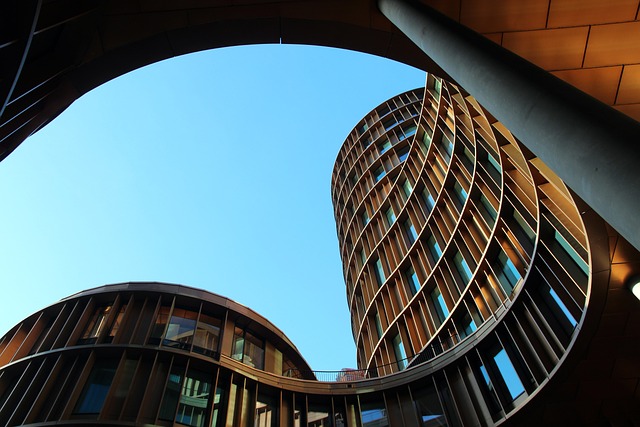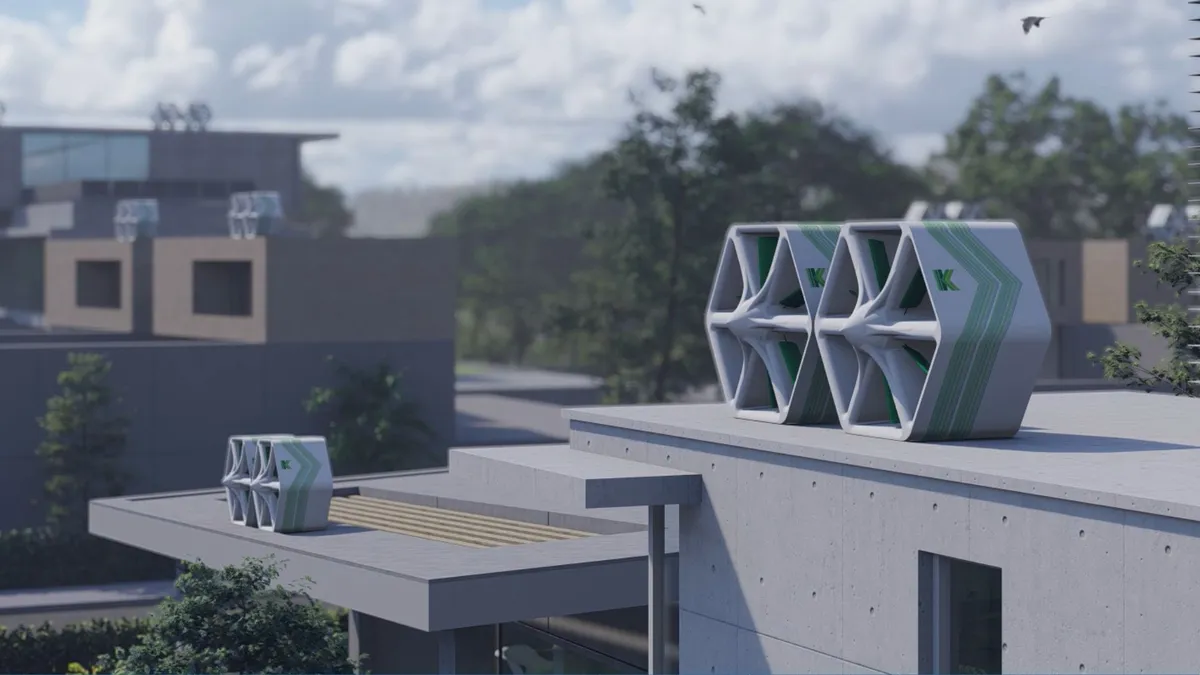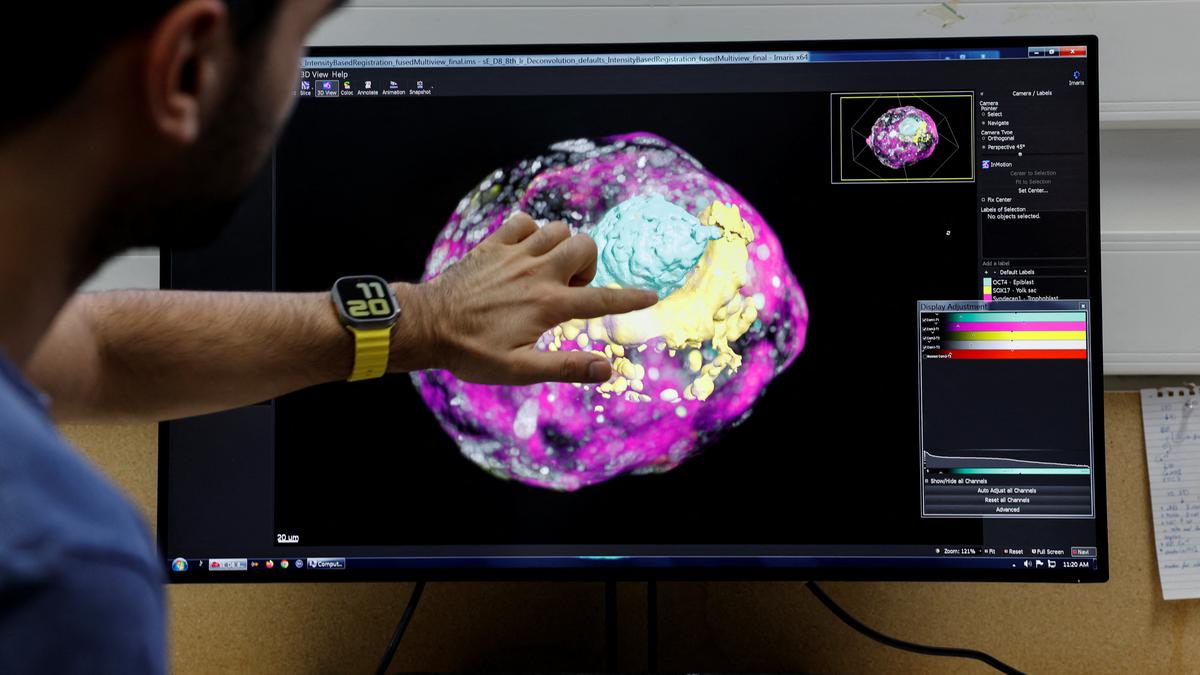Metal is an incredibly strong and durable material, making it an ideal choice for construction and architecture. It is resistant to environmental factors like moisture, fire, and pests, and can last for decades or even centuries with minimal maintenance. This makes it a popular choice for buildings that need to withstand harsh conditions or extreme weather, such as warehouses, factories, and airports.
Versatility in Design
The Flexibility of Metal in Architecture Metal is a highly versatile material that can be formed into almost any shape, size, or texture. This makes it a great choice for creating a wide range of architectural styles and aesthetics. From the sleek and modern look of brushed aluminum to the intricate and ornate details of decorative ironwork, metal can be tailored to suit almost any design vision. This flexibility is especially valuable in commercial and industrial buildings, where functionality and aesthetics must be balanced to create an efficient and attractive space.
Metal’s Increasing Popularity as a Roofing Material
Metal roofing is becoming increasingly popular due to its durability, energy efficiency, and low maintenance requirements. Metal roofs are highly customizable, with a wide range of colors and finishes available to match any building design. They are a popular choice for both commercial and residential buildings and are especially common in warehouses, factories, and other industrial structures. If you live in Washington, for example, find the best roofing company in Puyallup to help you choose and install the perfect metal roof for your building. Don’t settle for mediocre roofing materials when metal can provide superior protection and style
Metal’s Use in Creating the Framework of Buildings
Steel and other metals are often used to create the framing and support structures of large buildings like skyscrapers, stadiums, and bridges. This is because steel has a high strength-to-weight ratio, meaning it can support heavy loads without being too bulky or cumbersome. In addition, steel and other metals can be fabricated to exact specifications, making it easy to create complex shapes and designs.
Metal’s Use as Decorative Features in Architecture
Metal is also a popular choice for decorative elements in architecture and design. From stainless steel handrails and elevator doors to decorative metal screens and facades, metal can add a touch of elegance and sophistication to any building. Metal can be finished in a variety of ways, from polished to brushed to matte, to create a range of visual effects. It can also be painted or coated with a variety of materials to achieve specific colors or textures.
Metal’s Eco-Friendly Properties
Metal is an environmentally-friendly choice for building materials. Because metal is 100% recyclable, it can be reused indefinitely without losing its properties or quality. This makes it an ideal choice for buildings that are designed to be sustainable and eco-friendly. Additionally, metal supply is a highly energy-efficient material. It reflects heat from the sun, reducing the amount of energy needed to cool the building in warmer months. It can also be coated with insulating materials to improve its thermal properties, further reducing energy consumption and costs.
The Economic Benefits of Metal in Construction
In addition to its many physical and aesthetic advantages, metal is also a cost-effective building material. While initial construction costs may be higher than those for other materials, the long-term savings on maintenance, repairs, and energy costs can be significant. Metal is also lightweight and easy to transport, reducing transportation costs and environmental impact. Its durability and resistance to damage and wear also mean that buildings constructed with metal require less frequent repairs and replacements, saving both time and money in the long run.
In Conclusion, the future of metal in construction and architecture metal will undoubtedly continue to play an important role in shaping the built environment of the future. Its strength, durability, versatility, and aesthetic qualities make it a popular choice for a variety of applications, from roofing and framing to decorative elements and finishes. Its eco-friendly properties also make it a sustainable choice for buildings that prioritize energy efficiency and environmental responsibility. As technology and materials science continue to advance, metal will remain an important building material in modern construction and architecture.






